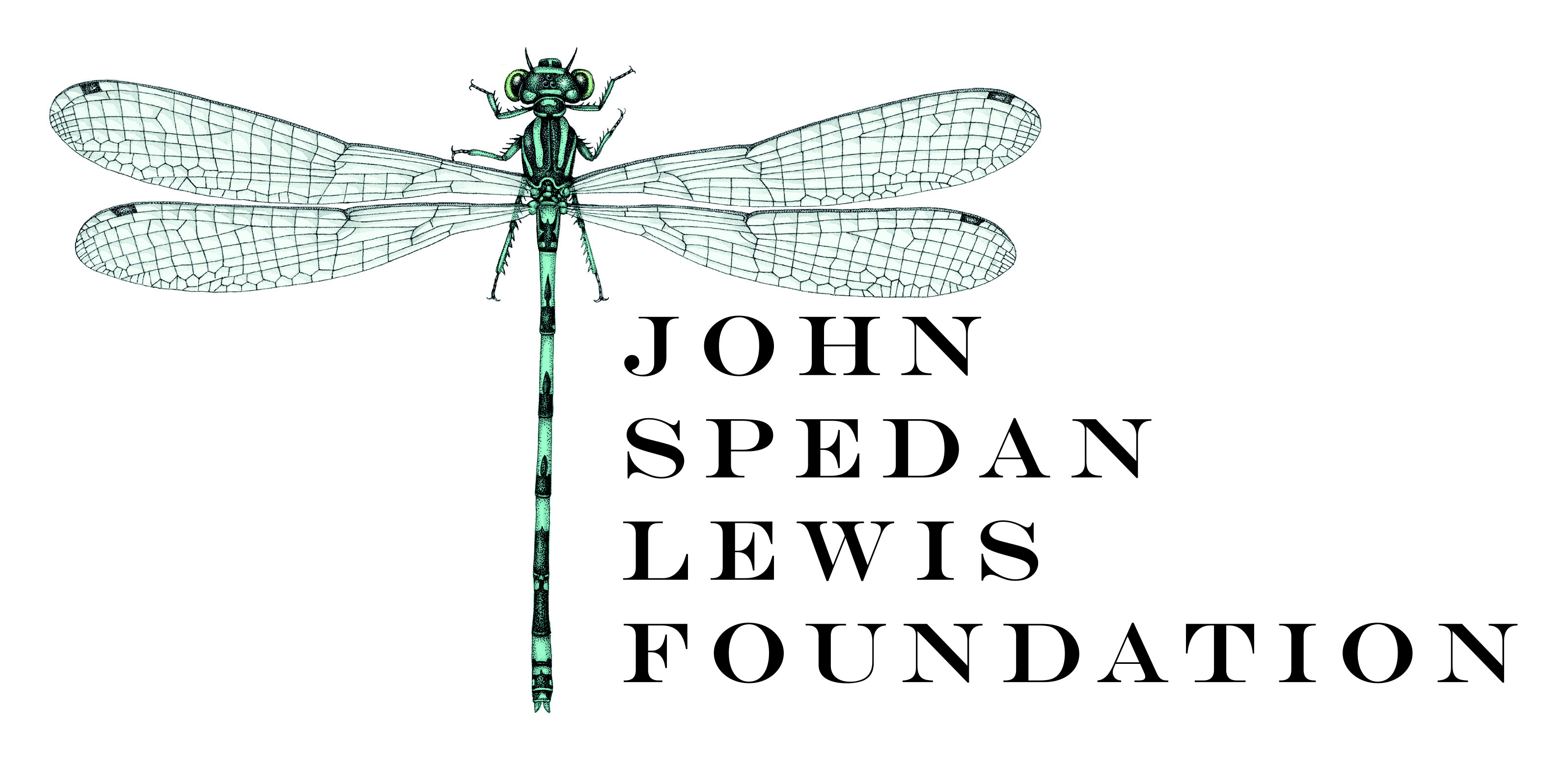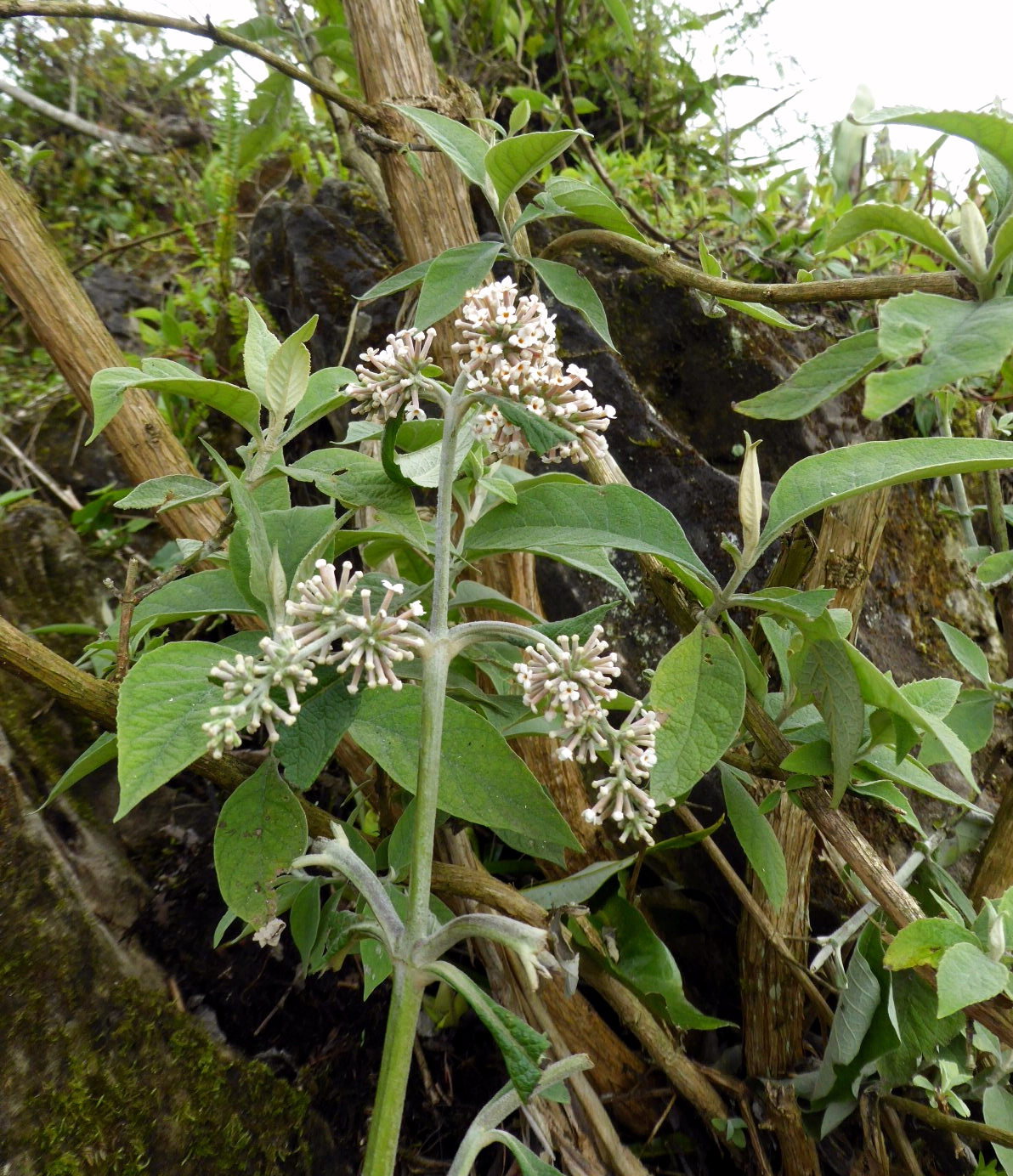Buddleja paniculata
Sponsor
Kindly sponsored by
The John Spedan Lewis Foundation

Credits
Andrew Large (2021)
Recommended citation
Large, A.T. (2021), 'Buddleja paniculata' from the website Trees and Shrubs Online (treesandshrubsonline.
Genus
Synonyms
- Buddleja acutifolia C.H. Wright
- Buddleja lavandulacea Kraenzlin
- Buddleja gynandra C. Marquand
- Buddleja mairei H. Léviellé
- Buddleja mairei var. albiflora H. Léviellé
Other taxa in genus
- Buddleja albiflora
- Buddleja alternifolia
- Buddleja araucana
- Buddleja asiatica
- Buddleja auriculata
- Buddleja caryopteridifolia
- Buddleja colvilei
- Buddleja cordata
- Buddleja crispa
- Buddleja crispa × lindleyana
- Buddleja curviflora
- Buddleja davidii
- Buddleja delavayi
- Buddleja fallowiana
- Buddleja fallowiana × davidii
- Buddleja FLUTTERBY™ Series
- Buddleja forrestii
- Buddleja globosa
- Buddleja glomerata
- Buddleja japonica
- Buddleja lindleyana
- Buddleja LO AND BEHOLD® Series
- Buddleja longiflora
- Buddleja loricata
- Buddleja × luteolufaucia
- Buddleja macrostachya
- Buddleja marrubiifolia
- Buddleja megalocephala
- Buddleja 'Miss Ruby'
- Buddleja 'Morning Mist'
- Buddleja myriantha
- Buddleja New Dwarf Hybrids
- Buddleja nivea
- Buddleja officinalis
- Buddleja 'Orange Sceptre'
- Buddleja × pikei
- Buddleja 'Pink Delight'
- Buddleja saligna
- Buddleja 'Salmon Spheres'
- Buddleja salviifolia
- Buddleja 'Silver Frost'
- Buddleja speciosissima
- Buddleja 'Summer Beauty'
- Buddleja virgata
- Buddleja × wardii
- Buddleja × weyeriana
- Buddleja × weyeriana Hybrids
- Buddleja 'Winter Sun'
Shrub or small tree, 1–6 m tall. Branchlets subterete or subquadragular, stellate tomentose. Leaflike stipules sometimes present. Petiole up to 20 mm; leaf blade narrowly elliptic or narrowly ovate, less often ovate to elliptic, 2–25 × 0.7–9 cm, stellate tomentose beneath, upper surface slightly bullate, stellate tomentulose, and often with glandular hairs, but glabrescent; apex acuminate or less often acute, base decurrent into the petiole, margin entire or less often serrate in the larger leaves. Inflorescences terminal and in the axils of upper leaves, paniculate or thyrsoid if small, 3–25 × 2–12 cm. Calyx campanulate, 2.5–4 mm, outside stellate tomentose and mostly with glandular hairs; lobes triangular to broadly triangular, 0.3–1.2 mm. Corolla white, pink, or lavender, with an orange throat, 7–12 mm, outside stellate tomentose and with some glandular hairs; tube 6–10 × 1.2–2.0 mm, inside pilose above base; erect lobes suborbicular, 2–2.5 × 1.8–2.2 mm. Stamens inserted 1.5–3.0 mm below corolla mouth; anthers oblong, 1–1.2 mm. Ovary ovoid, 1.2–2 × 0.8–1.2 mm, stellate pubescent with glandular hairs, base glabrous. Stigma clavate, 1–1.5 mm. Capsules ellipsoid, 4–7 × 2–3 mm, stellate pubescent, glabrescent. Seeds oblong, 1–1.2 mm, winged at both ends. (Leeuwenberg 1979; Li & Leeuwenberg 1996).
Distribution Bhutan Myanmar China Guangxi, Guizhou, Hunan, Jiangxi, Sichuan, Yunnan India north east Nepal Vietnam
Habitat In mountain on forest edges, in open woodlands and thickets; 500–3000 m asl.
USDA Hardiness Zone 8-10
RHS Hardiness Rating H4
Conservation status Not evaluated (NE)
Buddleja paniculata is very similar to B. officinalis but considered of lesser horticultural merit; it is not common in cultivation. It has a large range across south east Asia and is associated with montane woodlands and disturbed ground. B. paniculata grows into a large straggly shrub or occasionally a small tree. The foliage is generally smaller and shorter than B. officinalis and the apical leaves often develop a serrate margin. The inflorescence may be white, lilac-pink or lavender and the flowers are often highly fragrant. The individual flowers differ from B. officinalis in the stamens, which are in the upper third of the corolla tube, closer to the mouth. The corolla tube itself is narrower and long compared to the diameter of the lobes (Leeuwenberg 1979).
Amongst the earliest flowering species, B. paniculata can flower as early as January in the UK, however, the species is not entirely hardy and reliable flowering can only be achieved in cooler regions if the plant is kept under cover in the winter or given significant shelter. It requires a free-draining soil or compost and full sun for at least part of the day (Stuart 2006).

